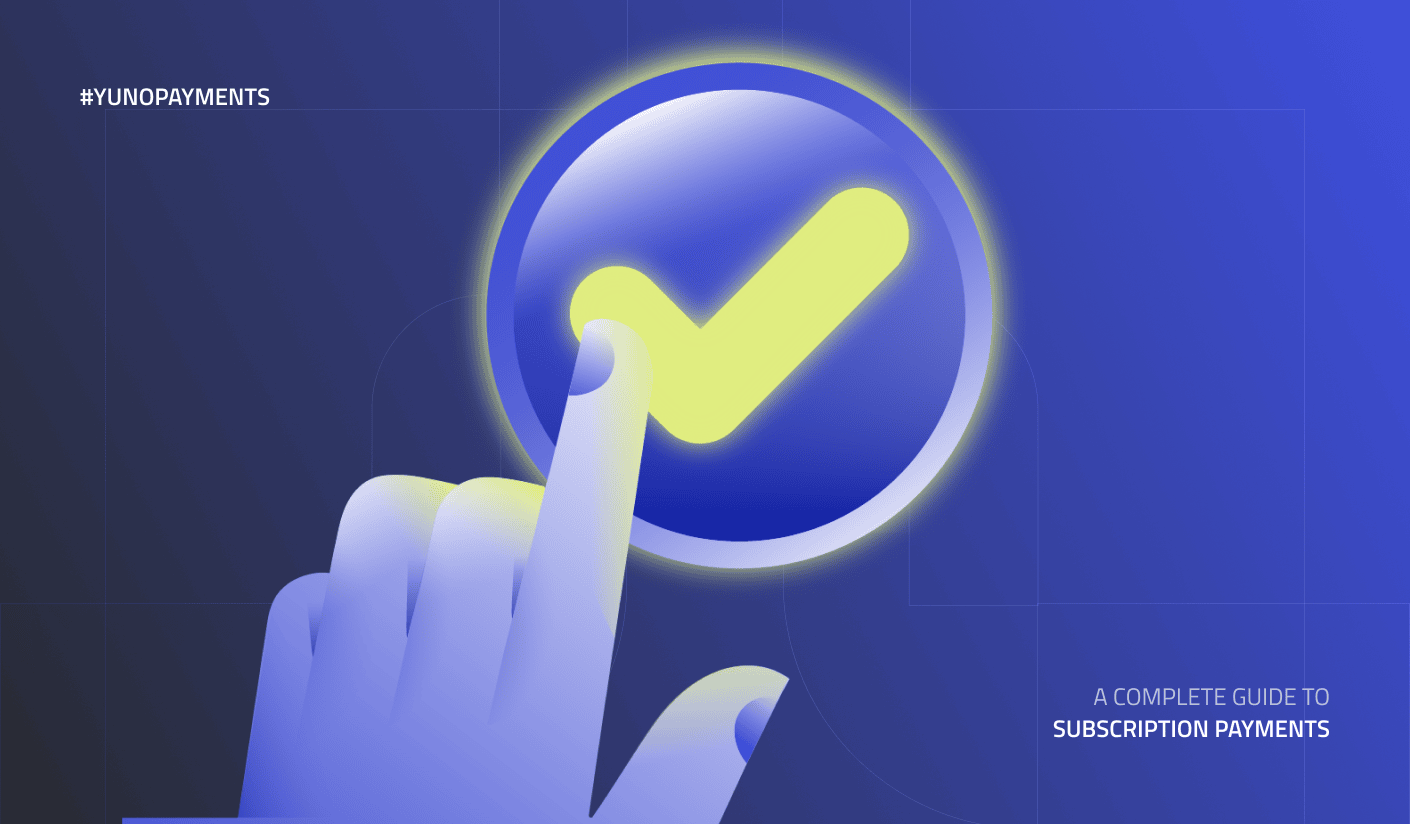A Complete Guide to Subscription Payment Processing and Recurring Payment Systems
Learn how subscription payment processing works, its challenges, and how recurring payment systems help businesses boost revenue and reduce churn.

Subscription-based business models are becoming the backbone of industries ranging from streaming to SaaS to e-commerce. But running a subscription business successfully depends on far more than acquiring new customers—it requires reliable subscription payment processing and seamless recurring payment systems. This guide breaks down how subscription payments work, the challenges businesses face, and the solutions that can help optimize revenue and customer retention.
What is subscription payment processing?
Subscription payment processing refers to the automated system that enables businesses to collect recurring payments from customers on a scheduled basis—monthly, quarterly, or annually. Instead of requesting manual payments each time, the system securely stores payment credentials, automatically charges customers, and ensures renewals happen without disruption.
How do recurring payment systems work?
Recurring payment systems combine billing logic, secure storage, and automated retries to keep subscriptions active. When a customer subscribes, their payment credentials are tokenized and stored safely. At the next billing cycle, the system automatically initiates a charge. If the transaction fails, smart retry logic and multiple processor connections (as in payment orchestration platforms) maximize the chance of approval.
Why are subscription payments challenging for businesses?
Even though recurring payments create predictable revenue streams, they come with unique challenges:
- High risk of involuntary churn: Expired credit cards, insufficient funds, or false declines can cause active customers to lose access unintentionally.
- Global expansion complexity: Each region has different preferred payment methods and regulations, making it hard to support subscribers everywhere.
- Fraud and chargebacks: Subscription businesses face a constant battle against fraudulent sign-ups or misuse of free trials.
- Reconciliation issues: Managing thousands of recurring transactions across multiple gateways makes financial reporting and compliance harder.
What are the benefits of using a recurring payment platform?
A dedicated recurring payment platform offers:
- Higher approval rates: With features like smart routing and automatic retries, businesses can recover revenue that would otherwise be lost.
- Reduced churn: Automatic card updaters and tokenization minimize failed renewals.
- Global reach: A recurring payment system integrated with multiple local methods (Pix in Brazil, UPI in India, SEPA in Europe) ensures subscribers can always pay their way.
- Operational efficiency: Automation reduces the burden on finance and IT teams by centralizing reconciliation and reporting.
How does a subscription payment gateway support growth?
A subscription payment gateway connects businesses with multiple payment service providers (PSPs) and acquirers. By orchestrating transactions across these providers, businesses avoid reliance on a single gateway. This flexibility is especially critical for subscription businesses that need to maintain uptime and ensure uninterrupted recurring billing cycles.
For instance, platforms like Yuno’s payment orchestration allow merchants to connect with hundreds of processors globally and apply intelligent routing logic to maximize authorization rates.
What industries benefit the most from subscription payment systems?
While SaaS is the most recognized, recurring payments are spreading across industries:
- Streaming and digital media: Predictable recurring revenue ensures sustainability.
- E-commerce subscriptions: From curated boxes to consumables, automated payments simplify customer loyalty.
- Mobility and transportation: Subscription passes for rides or car services rely on recurring billing.
- Fintech and insurance: Premiums and financial products increasingly use automated subscription models.
As businesses grow, recurring payments become a strategic advantage, unlocking both retention and expansion opportunities.
How can businesses optimize their subscription payment strategy?
To succeed, companies should:
- Offer multiple local payment methods – Customers in LatAm may prefer wallets like Mercado Pago, while European users may expect SEPA.
- Use smart routing and retries – This minimizes false declines and boosts approval rates.
- Leverage analytics and monitoring – Real-time insights into subscription payments help identify churn patterns and revenue leakage.
- Secure compliance and fraud tools – Tokenization, PCI DSS, and dynamic fraud rules protect customer data and revenue.
Yuno’s subscription capabilities integrate these best practices, helping merchants reduce involuntary churn and grow their recurring revenue base.











